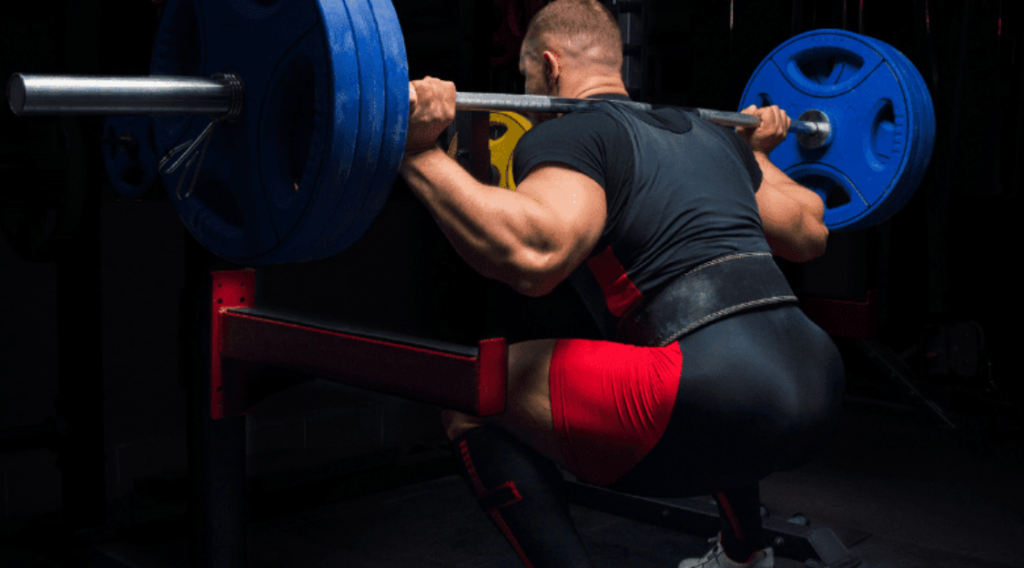Have you ever dreaded the squat rack not because it was painful, but because the burn was so intense? You are not alone. Squats, hailed by many as the ultimate exercise to build strength and burn fat, are often the cause of frustration and discomfort. What if I told that pain isn’t an indication to give up, but rather a call to dig deep and fix the root issues? Let’s explore why squats are painful and how to turn this struggle into an effective tool for growth.
Squats are compound movements that involve your entire body. From your quads and your hamstrings, to your core and your back. With great power comes great responsibility, or in this case great potential for injury. Pain you feel when you squat is not always a sign you are pushing too hard. It’s often a sign something is wrong. These small issues, such as a weak grip or poor ankle mobility, can turn a great exercise into a painful one. Here’s the real kicker: correcting these problems can unlock an entirely new level of strength.
Squats are a classic exercise that has stood the test of time. They are often shrouded by controversy. Many people avoid them because they fear injury, while others push on through the pain. This divide highlights an issue that is prevalent in our fitness culture, namely the lack of personalized advice. What works for one person may not work for another. By addressing the common issues–weak grips, poor mobility, incorrect breath–we can make Squats accessible to everyone.

How to fix squat pain for good
- Weak Grip: Grip the bar tightly, and pull your elbows underneath it to create full body tension. This will not only protect your spine, but also help you lift more weight safely.
- Leaning forward: Keep your chest and elbows up. Improve your form by focusing on mobility and flexibility exercises.
- Poor ankle mobility: Use simple solutions like placing a plate of weight under your heels or performing ankle mobility drills to increase your squat height.
- Collapsing knees: Strengthen glutes by doing glute bridges or hip thrusts.
- Incorrect Breathing: Inhale deeply while squatting down and exhale strongly as you stand up. This creates intra-abdominal tension, protecting your spine.
- Over-reliance on Belts: Save your lifting belt for heavier sets. A strong core is essential for long-term success.
Squats don’t just build muscle, they also build resilience. By addressing the problems that cause pain, not only are you fixing an exercise but you’re also unlocking a whole new level of strength and confidence. Remember that the pain you experience is not a sign to give up; it’s an invitation to dig deeper, solve the problem, then come back stronger. The only limits we place on ourselves are those that we set. Let’s overcome them together!

